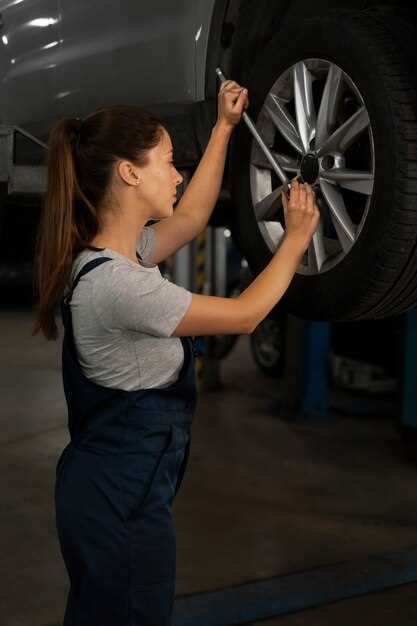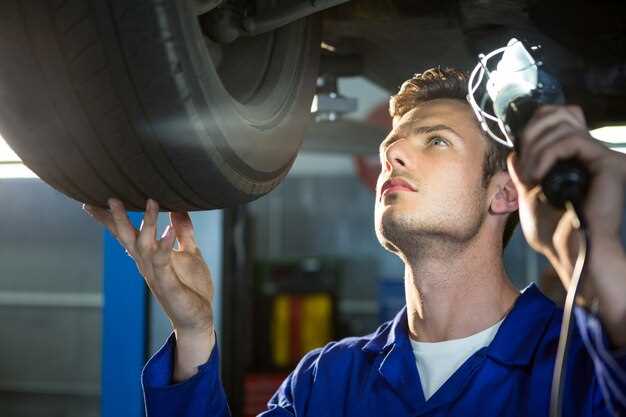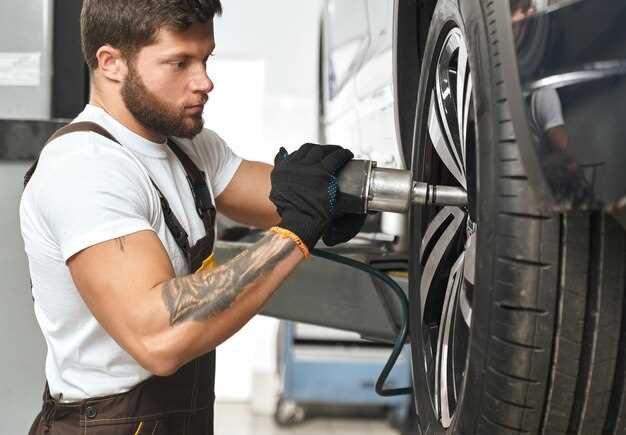
Proper wheel alignment is crucial for ensuring the longevity and performance of your vehicle. When your wheels are aligned correctly, it promotes even tire wear and optimal handling. Misalignment can lead to various issues, including poor fuel efficiency and uneven wheel wear, which can ultimately result in the need for premature tire replacements.
One of the primary reasons for maintaining proper wheel alignment is to prevent excessive wear on your tires. When your wheels are not properly aligned, certain areas of the tire can experience more friction than others, leading to accelerated wear. This uneven wear not only shortens the lifespan of your tires but can also compromise your vehicle’s safety and performance.
Additionally, misaligned wheels can affect your steering and suspension systems. Driving with poorly aligned wheels can create a negative impact on your vehicle’s handling and comfort, making it vital to understand the importance of regular wheel alignment checks. By prioritizing wheel alignment, you ensure a smoother ride, better fuel efficiency, and increased safety on the road.
How Improper Wheel Alignment Causes Uneven Tire Wear
Improper wheel alignment can significantly impact the performance and longevity of your tires. When the wheels of a vehicle are not aligned correctly, it leads to uneven distribution of weight across the tire surface. This misalignment may be caused by various factors, including hitting potholes, curb impacts, or normal wear and tear.
Uneven tire wear occurs when the tread on one side of the tire wears down faster than the other. This situation is often a direct result of misaligned angles, such as camber, caster, and toe. For instance, if the wheels have excessive toe-in or toe-out, one edge of the tire may experience more friction than the other, leading to premature wear.
Additionally, camber misalignment can cause tires to lean inward or outward, which creates uneven contact with the road surface. As a result, areas of the tire may wear out significantly quicker, requiring costly replacements sooner than expected. Regular checks and adjustments of wheel alignment are essential to prevent such issues and prolong the life of your tires.
In summary, maintaining proper wheel alignment is crucial for achieving even tire wear. Ignoring alignment problems can lead to reduced traction, compromised safety, and early tire replacement, making it vital for vehicle maintenance and overall performance.
Signs That Indicate Your Vehicle Needs Wheel Alignment

One of the most noticeable signs that your vehicle may require wheel alignment is uneven tire wear. If you observe that the tread on your tires is more worn on one side than the other, it is an indication that the wheels are not properly aligned, leading to abnormal contact with the road surface.
Another sign is the vehicle pulling to one side while driving. If you find yourself constantly adjusting the steering wheel to keep your car centered in the lane, this misalignment can be a warning that your wheels are out of alignment.
Vibrations in the steering wheel can also suggest that alignment issues are present. When the wheels are misaligned, it can lead to irregular tire wear, causing noticeable vibrations during your drive. This can affect your comfort and control while operating the vehicle.
Additionally, if you hear unusual noises such as a grinding or squeaking sound when turning, it could signal issues related to alignment or suspension components. Properly aligned wheels help ensure that all parts of the vehicle work synchronously, minimizing wear and tear.
Lastly, if you recently hit a pothole or curb, it is wise to have a wheel alignment check. These impacts can knock the wheels out of alignment, affecting handling and tire longevity.
Steps to Maintain Proper Wheel Alignment and Extend Tire Life

Maintaining proper wheel alignment is crucial for optimizing vehicle performance and ensuring even tire wear. Here are essential steps to achieve and sustain correct alignment.
First, regularly inspect your vehicle’s alignment. A noticeable drift while driving straight or uneven tire wear patterns are clear indicators of misalignment. Look for signs such as uneven tread wear, which can suggest that adjustment is needed.
Next, schedule professional wheel alignment checks at recommended intervals, typically every 6,000 miles or whenever you replace tires. During this process, a technician will assess and adjust the angles of the wheels to ensure they are set to the manufacturer’s specifications.
Additionally, keep your tires properly inflated. Under-inflated or over-inflated tires can lead to poor alignment and increased wear. Check tire pressure monthly and adjust it according to the guidelines provided by the vehicle manufacturer.
Moreover, be mindful of road conditions. Avoid driving over potholes, curbs, or other obstacles that can jolt your wheels out of alignment. Consider your driving habits; smooth, careful driving can help keep wheels aligned longer and reduce tire wear.
Lastly, rotate your tires regularly to promote even wear. Rotating tires every 5,000 to 8,000 miles helps balance the wear across all tires, extending their life and ensuring that alignment remains optimal. Combining these practices will not only improve wheel alignment but also significantly contribute to tire longevity.




